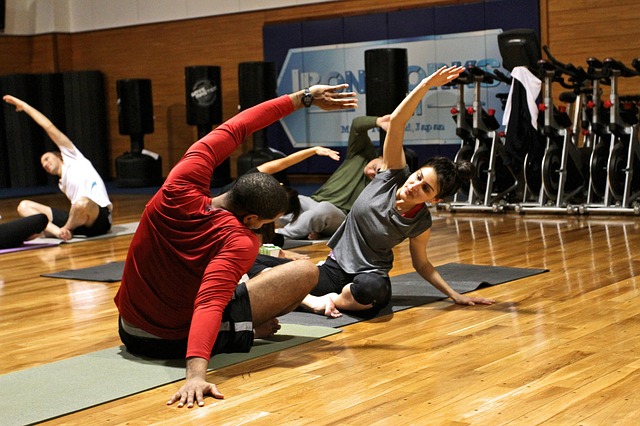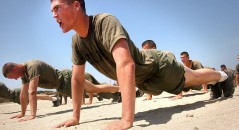A University of Georgia study found that there is an association with the level of cardiorespiratory fitness and sleep.
Medicine & Science in Sports & Exercise Journal
The study was published in the Medicine & Science in Sports & Exercise journal. The study, led by professor of Kinesiology, Rodney Dishman, analyzed various data collected for 35 years.
The study followed 1155 women and 7368 men with ages ranging from 20 to 85 years. The data, provided by the Aerobics Center Longitudinal Study, were taken from the four initial clinic visits from 1971 to 2006 with two to three year interval. The cardiorespiratory fitness was evaluated and used as a base for cumulative physical activity exposure.
During check-ups, the subjects were asked health related questions. One of them involved sleep related problems and whether they are recurrent.
During the initial visits, no complaints on sleeping were recorded. However, as time goes by and as the participants became older, problems in sleep increased.
To obtain a more accurate measure of cardiorespiratory fitness, the subjects’ age, body mass index, time interval in-between visits, chronic medical conditions, smoking, alcohol consumption, anxiety and depression complaints and the initial fitness level during the first visit were aligned and adjusted.
Results of the Study
The results showed that there was a decrease in cardiorespiratory fitness level to approximately one-half MET as measured by treadmill endurance test. Furthermore, as the participants reached 51 to 56 years old, men’s sleep complaints increased by 1.7% while women’s sleep complaints increased by 1.3%.
Implications of the Study
According to Dishman, this study is very new since the cardiorespiratory fitness level of the subjects were measured objectively. Their fitness status were not merely taken from self-reports. Moreover, by the time we reach 45 years old, it is extremely difficult for us to maintain a good level of fitness.
Using an objective method of measurement, it is easier to convince adults especially those who are aged 45 and up to maintain a healthy and fit body in order to prevent complications such as sleep problems.
Federal Physical Activity Guidelines for Americans
Based on the Federal Physical Activity Guidelines for Americans, adults (age 18 to 64) and older adults (age 65 and up) should get a minimum of 75 hours of vigorous activities every week or 150 minutes of moderate physical activities per week. Vigorous activities include jogging, swimming and biking. Moderate physical activities, meanwhile, include brisk walking.
In addition, moderate or heavy muscle strengthening exercises should also be integrated for two additional days or more. To avoid exercise related injuries and fatigue, aerobic exercises must be spread throughout the week. Ideally, it should be performed thrice a week with rest days in between to give time for the body to recover from micro trauma caused by exercising.
Regular exercise decreases risk of premature death, stroke, coronary artery disease, type 2 diabetes, hypertension and depression. In addition, it can also minimize your risk of developing breast cancer or colon cancer and excessive weight gain.
Photo credit: tpsdave on Pixabay





